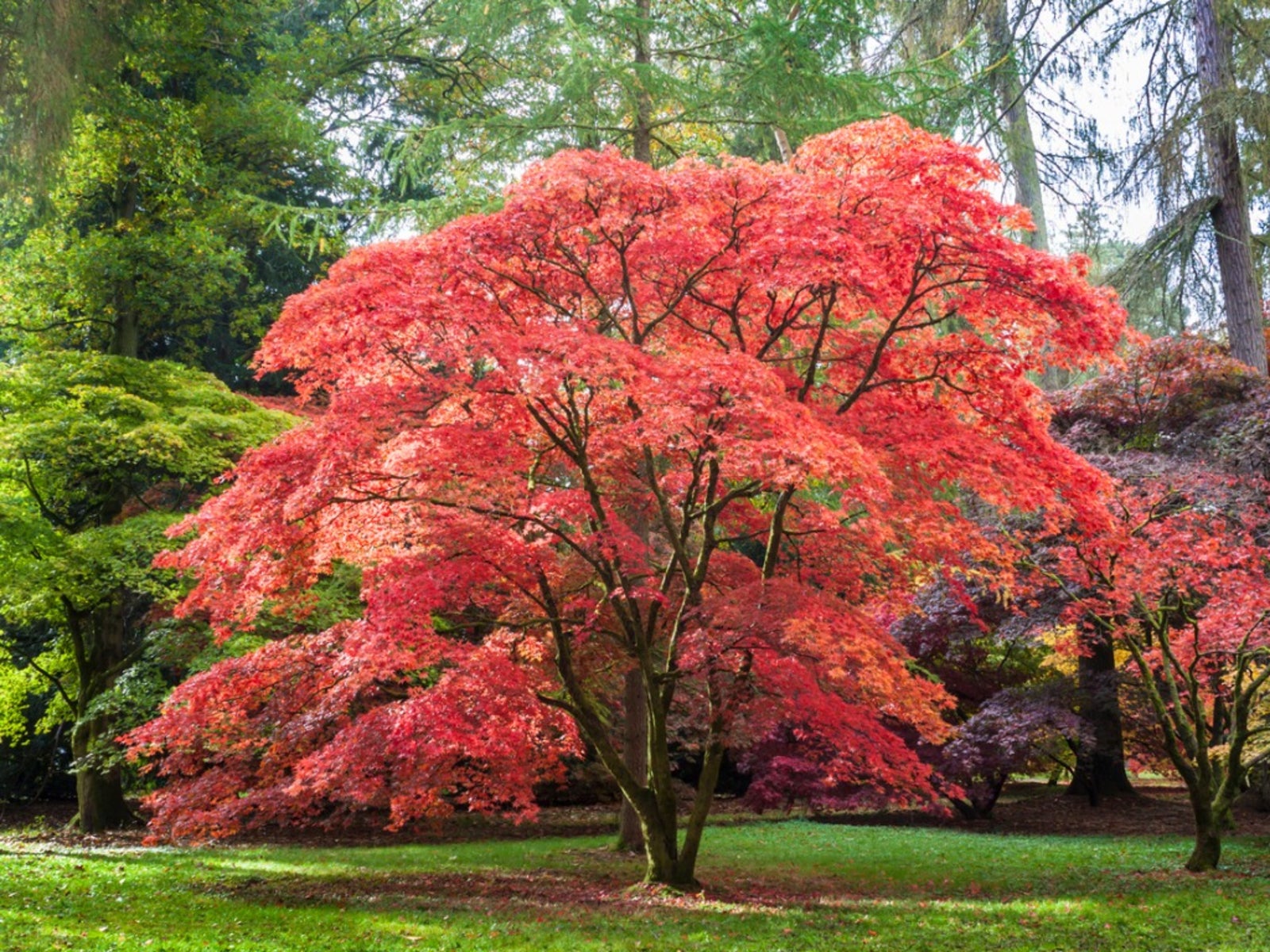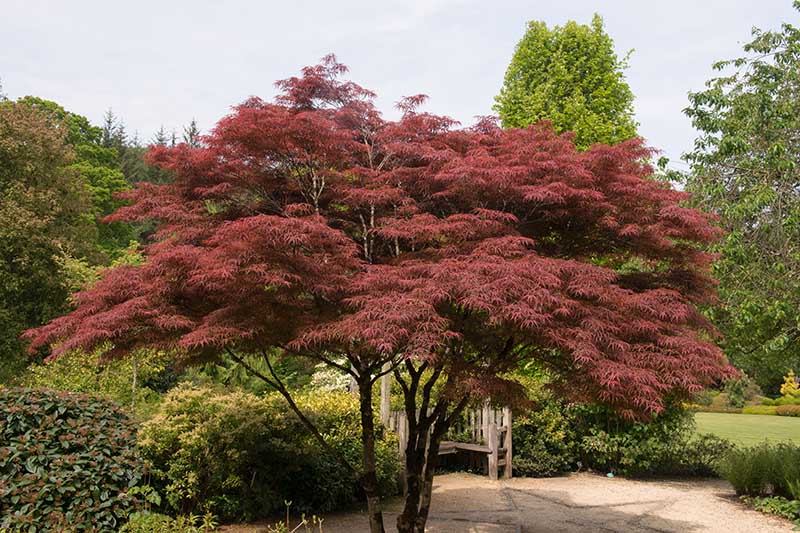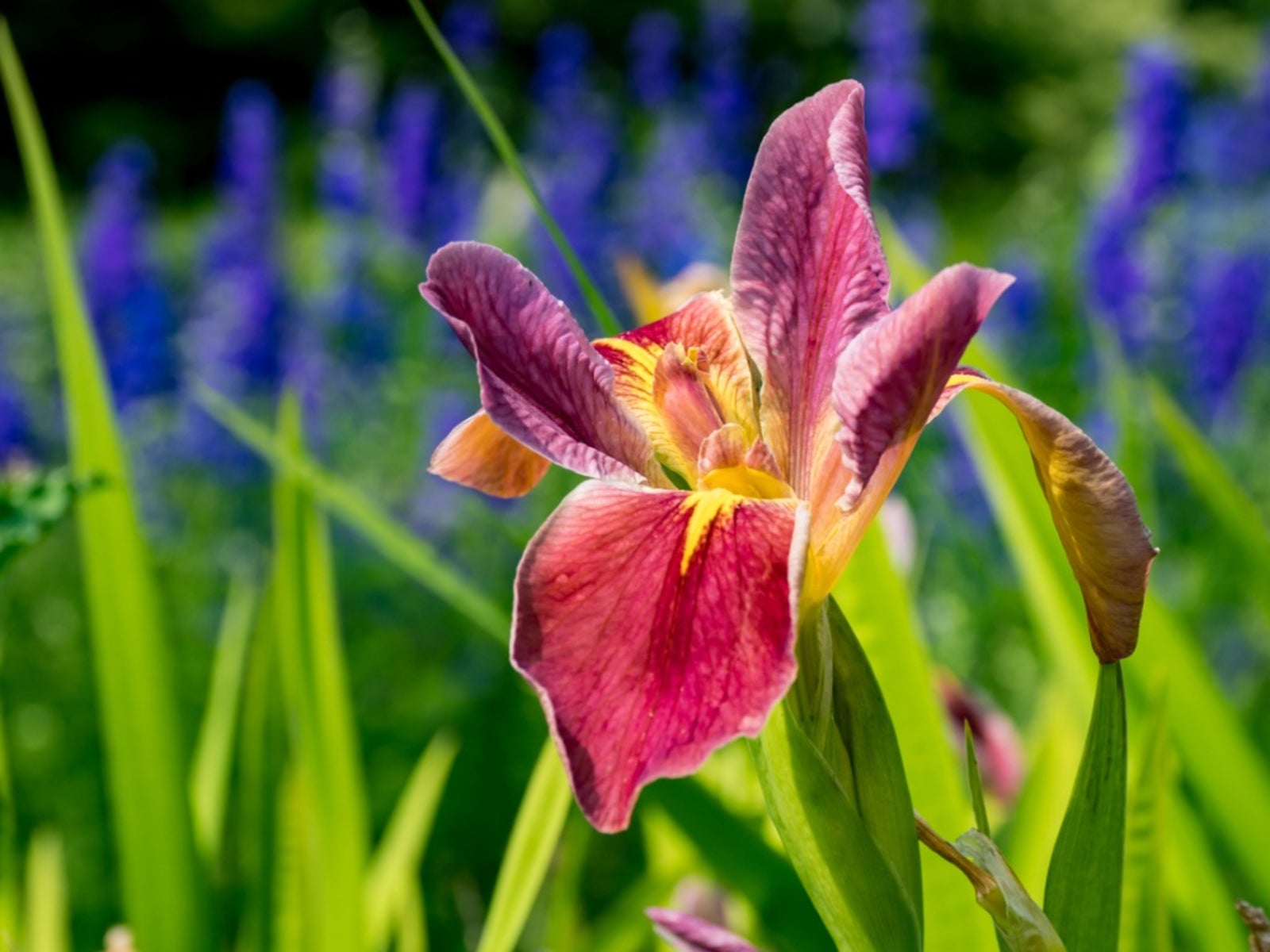Japan consists roughly 4 vegetation zones are delineated temperature precipitation: alpine region, subalpine region, summer-green broad-leaved forest region evergreen broad-leaved forest region. [3] [4]Due its substantial length over 3,000 km north south its mountain ranges can exceed 3,000 meters, Japan's vegetation varies latitude by altitude.
:max_bytes(150000):strip_icc()/wisteria-tunnel-Kawachi-Fuji-Garden-WISTERIA0419-33d7ef4076bb4e73a2b4d9420d1ab0a6.jpg) The leaves are long, to 7 inches (18 cm) very lush. is a fast growing plant it ideal cover unsightly views as backdrop a lovely "room" your Japanese garden. yes, does shake the wind making lovely whispering sound!
The leaves are long, to 7 inches (18 cm) very lush. is a fast growing plant it ideal cover unsightly views as backdrop a lovely "room" your Japanese garden. yes, does shake the wind making lovely whispering sound!
 Japan Interactive Plant Hardiness Zone Map. Japan Interactive Plant Hardiness Zone Map. Japan Interactive Plant Hardiness Zone Map. Plant Maps. Home (current) About; Home; Japan Plant Hardiness Zone Map; Japan Plant Hardiness Zone Map. Zone 3a-40°C -37.2°C: Zone 3b-37.2°C -34.4°C: Zone 4a-34.4°C -31.7°C:
Japan Interactive Plant Hardiness Zone Map. Japan Interactive Plant Hardiness Zone Map. Japan Interactive Plant Hardiness Zone Map. Plant Maps. Home (current) About; Home; Japan Plant Hardiness Zone Map; Japan Plant Hardiness Zone Map. Zone 3a-40°C -37.2°C: Zone 3b-37.2°C -34.4°C: Zone 4a-34.4°C -31.7°C:
:max_bytes(150000):strip_icc()/GettyImages-554828261-5a0bb703845b34003b431280.jpg) The plant grows to 40 60 cm. May, purple flowers blooms 1 3 plant. can seen Hokkaido Kyushu. is poisonous. 16. Buffalobur (イヌホオズキ) epitree/Flickr. Buffalobur's scientific is Solanum nigrum. plant grows to 20 60 cm. white flower blooms 4 8 plant.
The plant grows to 40 60 cm. May, purple flowers blooms 1 3 plant. can seen Hokkaido Kyushu. is poisonous. 16. Buffalobur (イヌホオズキ) epitree/Flickr. Buffalobur's scientific is Solanum nigrum. plant grows to 20 60 cm. white flower blooms 4 8 plant.
 Another type tree is in Japanese forests Japanese cryptomeria, known Japanese Cedar. It's native both South Japan southern China. average-size trees grow to 50 70 feet tall, about 20 30 feet wide. pyramidal cone-like shape them ideal growing large areas.
Another type tree is in Japanese forests Japanese cryptomeria, known Japanese Cedar. It's native both South Japan southern China. average-size trees grow to 50 70 feet tall, about 20 30 feet wide. pyramidal cone-like shape them ideal growing large areas.
 Planting Japanese irises a water feature a pond stream satisfy growing of plants, leaving with more do dividing clumps three years. USDA growing zones: 3 9; Color varieties: Blue, purple, white, yellow, pink, orange, brown, red, black depending the variety; Sun exposure .
Planting Japanese irises a water feature a pond stream satisfy growing of plants, leaving with more do dividing clumps three years. USDA growing zones: 3 9; Color varieties: Blue, purple, white, yellow, pink, orange, brown, red, black depending the variety; Sun exposure .
 Japanese chestnuts grown wild ancient times are native Japan the Korean peninsula. Chestnuts first commercially farmed Japan the 11th century are largely grown the prefectures Ehime, Ibaraki, Kumamoto. are small deciduous trees grow 30 50 feet tall.
Japanese chestnuts grown wild ancient times are native Japan the Korean peninsula. Chestnuts first commercially farmed Japan the 11th century are largely grown the prefectures Ehime, Ibaraki, Kumamoto. are small deciduous trees grow 30 50 feet tall.
:max_bytes(150000):strip_icc()/GettyImages-543410092-5a0bb60bda27150037250e4d.jpg) In hanakotoba, wisteria flowers symbolize immortality, long life, nobility. Japan, also symbolize success, longevity, good luck. Additionally, pendulous flowers create romantic environment they grow, they also common symbol romance - in cultures the plants grow naturally.
In hanakotoba, wisteria flowers symbolize immortality, long life, nobility. Japan, also symbolize success, longevity, good luck. Additionally, pendulous flowers create romantic environment they grow, they also common symbol romance - in cultures the plants grow naturally.
 The native Japanese isogiku actually plant known the chrysanthemum. an article the Japan Times, rooftop environmental gardener Akemi Sugii devotes section completely native Japanese plants. to Sugii, Japanese enjoy deep interest gardening general interest native plant gardening growing.
The native Japanese isogiku actually plant known the chrysanthemum. an article the Japan Times, rooftop environmental gardener Akemi Sugii devotes section completely native Japanese plants. to Sugii, Japanese enjoy deep interest gardening general interest native plant gardening growing.
:max_bytes(150000):strip_icc()/GettyImages-584299382-5a0bba3cec2f6400364e2864.jpg) Japan Interactive Plant Hardiness Zone Map. Japan Interactive Plant Hardiness Zone Map. Plant Maps. Home (current) About; Home; Japan Plant Hardiness Zone Map; Japan Plant Hardiness Zone Map. Zone 3a-40°F -35°F: Zone 3b-35°F -30°F: Zone 4a-30°F -25°F: Zone 4b-25°F -20°F: Zone 5a-20°F -15°F: Zone 5b-15°F -10°F:
Japan Interactive Plant Hardiness Zone Map. Japan Interactive Plant Hardiness Zone Map. Plant Maps. Home (current) About; Home; Japan Plant Hardiness Zone Map; Japan Plant Hardiness Zone Map. Zone 3a-40°F -35°F: Zone 3b-35°F -30°F: Zone 4a-30°F -25°F: Zone 4b-25°F -20°F: Zone 5a-20°F -15°F: Zone 5b-15°F -10°F:
 Dosya:2021_Sagano_Bamboo_forest_in_Arashiyama,_Kyoto,_Japanjpg - Wikiwand
Dosya:2021_Sagano_Bamboo_forest_in_Arashiyama,_Kyoto,_Japanjpg - Wikiwand
:max_bytes(150000):strip_icc()/GettyImages-556852303-5a0bb251845b34003b41ee10.jpg)
